83 Post-Training Feedback Surveys Questions to Ask (2024)
- Published:
- Updated: July 26, 2024


For corporate learning & development teams, understanding employee training effectiveness is a challenge.
Surveys are an excellent first step to conducting corporate training evaluations and help benchmark the impact of workplace training programs to provide insights into improving training.
In this guide, we’ll share the basics of a post-training survey, its benefits, and how to create surveys for your employees.
What Is an Employee Post-Training Survey?
A post-training survey provides feedback from trainees who have recently participated in an employee training program, helping to identify areas of improvement and gaps in your training courses.
It also helps organizations measure the efficiency of their training programs. If done correctly, a post-training survey improves the quality of your training programs in real-time with real employee feedback.
Below you can see an example of a post-training survey questionnaire:
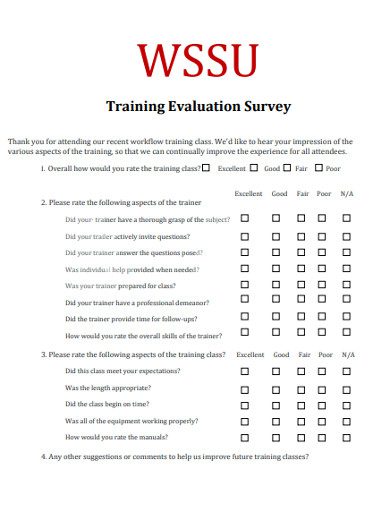
In the current e-learning paradigm, where employee engagement is a required element of learning and development strategies, post-training surveys leverage feedback mechanisms to identify areas of training improvement.
Post-training surveys remove the communication roadblocks between an organization and its workforce – providing a solution to internal training issues before they become significant liabilities.
83 Examples of Post-Training Survey Questions to Ask Your Employees
Depending on the training’s delivery, medium, topic, and more, you’ll have specific questions you’ll want to ask employees and learners post-training.
These questions are straightforward, easy to customize for any post-training survey use case, and provide both qualitative and quantitative feedback for your HR and L&D team to use to measure effectiveness and employee sentiment, as well as improve your future training programs.
We’ve curated a list of the most common post-training questions to ask, categorized into these buckets of questions:
Post-Training Survey Questions on the Pre-Training Experience
- Did you understand the purpose of this training program at the start of the course?
- Did you have enough preparation and heads-up time to be prepared for the training?
- How did you find out about the training? (ie. in an email, your manager told you in a 1-1, an alert in your HCM software, etc.)
- Did the experience of the training experience match the intent of its course title and description?
- What did you hope to learn and take away from this training?
- What were the key specific topics you wanted to learn about?
- Were you provided enough time to fit the training into your schedule?
- Was the location of the training easy to find?
- Is there anything you wish you knew before the training started?
Post-Training Survey Questions on the Learning Experience, Environment, and Delivery
- Did the training meet your expectations?
- What did you like the most about the training?
- How would you rate the overall quality of this training session?
- Was the training program interactive and engaging?
- Was the training at a comfortable pace? Was it too fast/slow?
- Was the location of the training comfortable?
- Was the environment of the training conducive to learning? (ie. was it quiet/loud, was it cold/hot, etc.)
- Did you get a chance to collaborate with your team members during the training? If yes, was it effective?
- Do you think the number of learners in the training session was appropriate?
- Do you feel you were given enough time and resources to complete the training?
- In the future, what would you say is the best method of training delivery for this course? Instruction-led training in-person or online eLearning?
- Do you have any suggestions to help us improve the learning experience or environment for future training workshops?
Post-Training Survey Questions on the Instructor
- Overall, how would you rate the training instructor?
- How would you specifically rate the teaching quality of the instructor?
- Was the instructor knowledgeable on the topic?
- Was the instructor enthusiastic?
- Was the instructor friendly?
- Was the trainer engaging and supportive?
- Was the instructor easy to understand? (ie. did they speak clearly, did they speak at an appropriate volume, did they use slang?)
- Did the instructor provide contextual examples of how to put the training material into practice?
- Did the instructor prepare activities?
- Did the instructor facilitate communication and engagement between learners?
- Was the instructor prepared and organized?
- Did the instructor provide clear instructions throughout the lesson?
- Did the instructor provide feedback? Was it individualized or to the overall group?
- Do you have any other feedback on this specific instructor and what they could have done more effectively?
- Do you have any suggestions for future instructors?
Post-Training Survey Questions on the Training Content, Modules, and Structure
- Was the training program well organized and easy to follow?
- Did you find the training material practical, intuitive, and helpful?
- Did you find the training material and examples inclusive to all backgrounds?
- Did you find the medium of instruction to be the best method? (ie. PPT, LMS, video, etc.)
- Was the training material easy to understand?
- Was the study material personalized enough to help you solve problems specific to your job requirements?
- Were all modules engaging and interesting? If not, which modules did you find not engaging?
- Did the training modules flow?
- Were you satisfied with the learning content and material?
- Were there enough visual aids?
- Was there enough video and audio content?
- Did the training content provide enough context and go into enough detail?
- What was your favorite training activity? What was your least favorite?
- What medium do you think this training should be housed in for future lessons? (ie. PPT, LMS, video, etc.)
- Did you think the content in the training material was sufficient? What could be added or improved?
Post-Training Survey Questions on the Technology and Online Training
- Have you experienced online training before?
- Did the online training application provide you with enough guidance to use the platform?
- Did you find any specific difficulties with this online training?
- Do you think this online training was more effective than traditional, instructor-led training?
- Was the LMS / online training portal easy to use?
- Did you experience any trouble using the training software’s interface?
- Was it easy to navigate through?
- Were there any broken links or missing images, videos, or audio clips in the online training?
- Did you experience any bugs, glitches, or slow load times?
- How do you think the online training experience could be improved?
Post-Training Survey Questions on Accessibility
- Did you have any trouble with the size or readability of the font?
- Could you see all the visual elements? If not, which ones gave you trouble?
- Did you have difficulty interpreting or understanding any visual elements?
- Did you have difficulty interpreting or understanding any audio?
- Was the training volume appropriate?
- Could you adjust the audio level?
Post-Training Survey Questions on Training Effectiveness
- What are your professional goals for learning and development? Did the training meet these goals?
- How would you rate the quality of this training session?
- Were you able to get all your questions answered during the training?
- Was the training relevant to your job or potential job?
- Do you feel competent and confident on the topic of this course at the end of the training program? Please share any concerns or knowledge gaps.
- Did the training dive deep enough into the material, or did it only cover the basics?
- What do you wish the training would have explored more?
- Do you think this training needs an additional follow-up session?
- How much of this training do you think you’ll retain?
- Do you think this training should be provided regularly or was one session effective?
- Overall, did the course meet your expectations?
- Would you recommend this training to your colleagues?
- Would you take another course similar to this one?
- How would you improve this training for the future?
- Are there additional topics you would like to be provided training on?
- Is there anything else you want to share about this training?
✓ Thank you, the template will be sent to your email
Types of Post-Training Survey Questions
There are two main types of survey questions: subjective and objective questions. Let’s break both down.
Subjective Questions
Subjective questions reflect the opinion of the learner taking the survey. This incorporates their own bias and preferences, meaning verifying validity is difficult. These questions are critical for understanding how different types of learners react to the same training content and identifying how other teams or departments absorb information.
Examples of subjective questions:
- Did you find the training helpful?
- Did the training incorporate enough visual aids and videos?
- Did the training’s outcome meet your expectations?
Objective Questions
Objective questions are matter-of-face and can be proven. These are straightforward questions.
Examples of objective questions:
- How many training sessions have you completed?
- Did you pass the training exam?
- Who was the instructor?
Types of Post-Training Survey Response Format
L&D teams should utilize a mix of survey questions that have a variety of response types. Each helps provide a comprehensive and contextual overview of a training’s effectiveness.
The most common types of survey responses for post-training evaluations include:
- Single Choice
- Multiple Choice
- Likert-Scale
- Smiley-Face Rating
- Closed-Ended
- Open-Ended
| Type | Definition | Example |
| Single Choice | Survey respondents select one answer from a list of 3+ answers. | What department do you work in?
|
| Multiple Choice | Survey respondents can select one or more examples from a list of 3+ answers. | How would you describe the instructor? You can select more than one answer.
|
| Likert-Scale | Survey respondents rate a question on a scale, typically 0-5 or 0-10. | On a scale of 0 to 10, how would you rate this course? |
| Smiley-Face Rating | Survey respondents select a smiley face on a sliding scale that best fits their emotions to the question. | How engaging was this training session?
|
| Closed-Ended | Survey respondents have a finite, definite list of answers with no other options. | Did the training meet your expectations?
|
| Open-Ended | Survey respondents have an open text field to answer a question however they see fit. There are no pre-defined answers. | How would you make the training more interactive for future sessions? |
5 Benefits of Post-Training Employee Surveys
Surveys are designed to help maintain the quality and effectiveness of your training programs. These post-training evaluations provide an in-depth understanding of the value an organization is getting from its employee training tools, its training module and programs, and much more.
Here are five benefits a post-training evaluation survey provides learning and development teams.
1. Improve your employee training programs
Post-training surveys for employees give you valuable insights and data into how your training processes are perceived by your learners. The perspective opinion from those who have recently gone through your corporate training program helps to tailor future training content to be more consistent and better suited for them. You should also look to improve your new hire training through employee onboarding surveys to supplement your training feedback data.
2. Measures training effectiveness
Not everyone has the same learning pace and ability to absorb knowledge. Having a post-training employee survey helps HR teams and leaders understand how impactful their training is, measure training effectiveness concerning different trainees across the organization, and its ability to adapt to different types of learners. With this feedback, trainers can measure the performance of their pedagogical process and make necessary adjustments.
3. Tracks employee training progress
Surveys ask extensive questions that can indicate if the employee honestly completed their required training. Most employees who didn’t complete the course are unable to give genuine feedback and allow trainers to focus on providing training content that these employees will complete. This helps to provide a safeguard against losing ROI on new employee training and continuous learning tracks for tenured team members.
4. Improves employee communication
Achieving stellar employee communication is easier said than done. Many employees may have ideas they want to share but are unable to articulate their thoughts. Others might not be comfortable voicing their feedback at all. Post-training surveys empower your employees to give honest feedback on your training program’s effectiveness, what has room for improvement, and other helpful tips – without the fear of being judged or reprimanded in the future.
5. Shows employees you care about their feedback
Having a post-training employee survey is an excellent way to demonstrate your organization’s commitment to include your employees in building your company’s training programs. These surveys show that you care about their opinions and consider them vital for organizational growth and improvement.
Best Practices for Running Training Surveys
Curating the post-training survey with the right questions is only a part of running a successful training survey. Here are six best practices for running training surveys to help L&D and training leaders create and run effective surveys:
- Keep questions short and focused: Employees are busy and training feedback surveys are (for the most part) optional. To encourage active participation, keep your surveys concise and focused to ensure your survey will have high complete rates and accurate responses. Training surveys with 10-20 questions is a great survey length to target.
- Define clear objectives: Identify the goal of your training survey before designing it. Is the survey to measure skill acquisition, analyze the program for improvement, benchmark employee satisfaction, or something else? This will help you craft a contextual post-training feedback survey that gathers the right data.
- Use a mix of question types: Asking different types of questions will provide you with multiple types of data to analyze. Use multiple choice, Likert-scale, and open-ended questions to ensure you capture qualitative and quantitative data for a more comprehensive understanding of your training’s effectiveness and ROI.
- Allow for anonymous feedback submission: Studies show that people are more likely to submit honest feedback when their identify is anonymous and confidential. This ensures employees that they won’t face penalities or punishment for negative comments by keeping their identifies disclosed.
- Segment responses: For larger organizations, break your post-training feedback into employee cohorts based on demographics, region, department, role, experience level, and more. This will enable training facilitators and L&D leaders to identify feedback themes or traits found in certain segments of employees.
- Close the feedback loop: Organize post-training feedback into themes and share summaries and improvement plans with participants and leaders. Take action based on the training feedback to improve your training program and encourage active learner participation in improving L&D courses. This shows participants that their feedback matters and encourages participation in future training surveys.
4 Best Tools to Run Post-Training Employee Surveys in 2024
Here are a few of the best tools to gather feedback from your employees on your workplace training processes:

1. SurveyMonkey
An easy-to-use software, SurveyMonkey simplifies the tedious task of conducting employee surveys with tools to create surveys and collect data from them. One of the best aspects of SurveyMonkey is its user-friendly survey templates that allow HR teams to create custom surveys, including a company’s branding.
It also offers the flexibility for employees to answer questions in the manner they think is best – from multiple choice answers, long responses, etc. Easy to create, share, and preview, SurveyMonkey is a great tool for L&D teams to conduct post-training employee surveys.
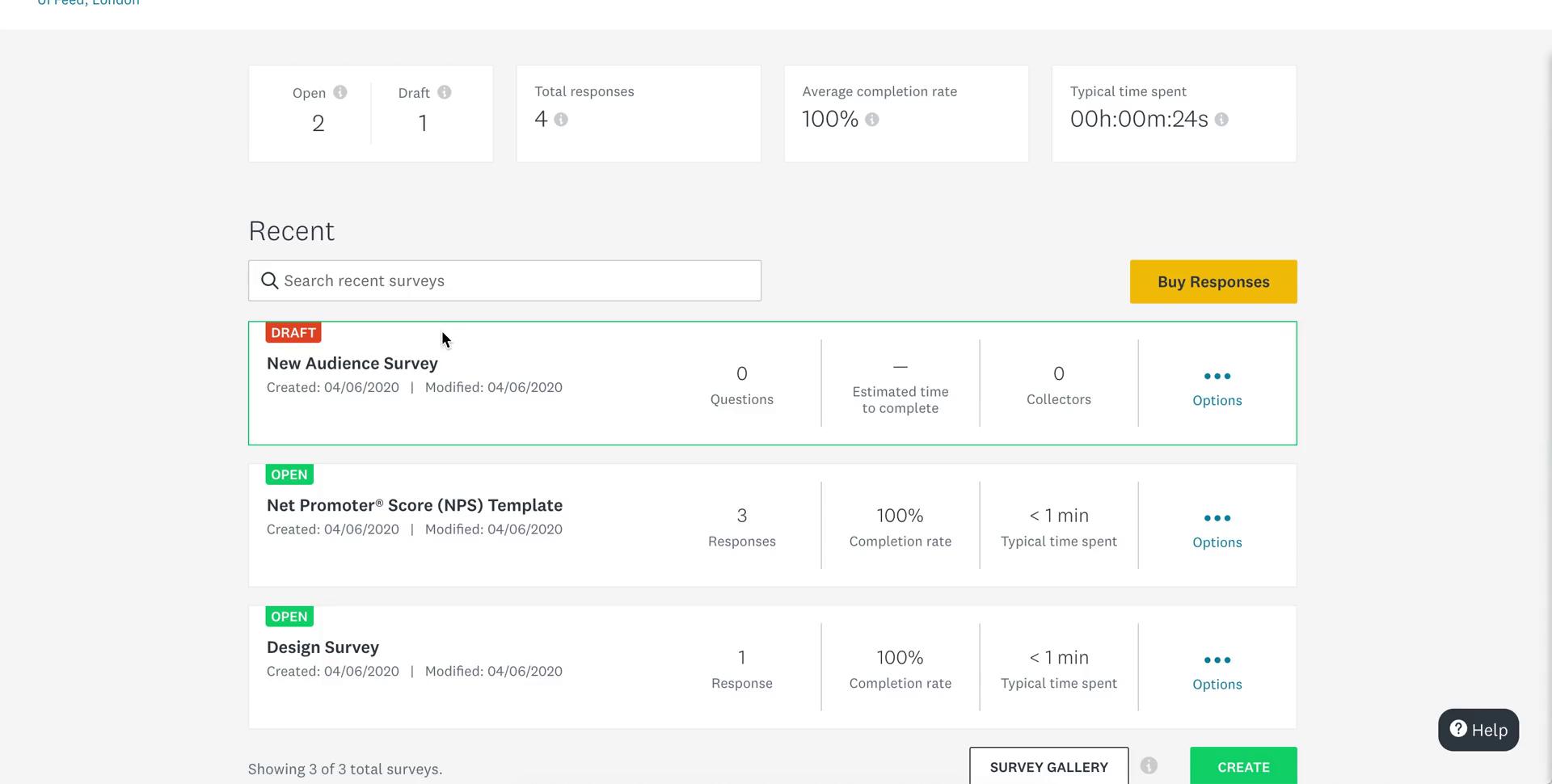
However, there are a few missing elements like the lack of customizable options and its inability to embed the surveys with the webpages effortlessly – but its simple survey creation and management features make up for these downfalls.
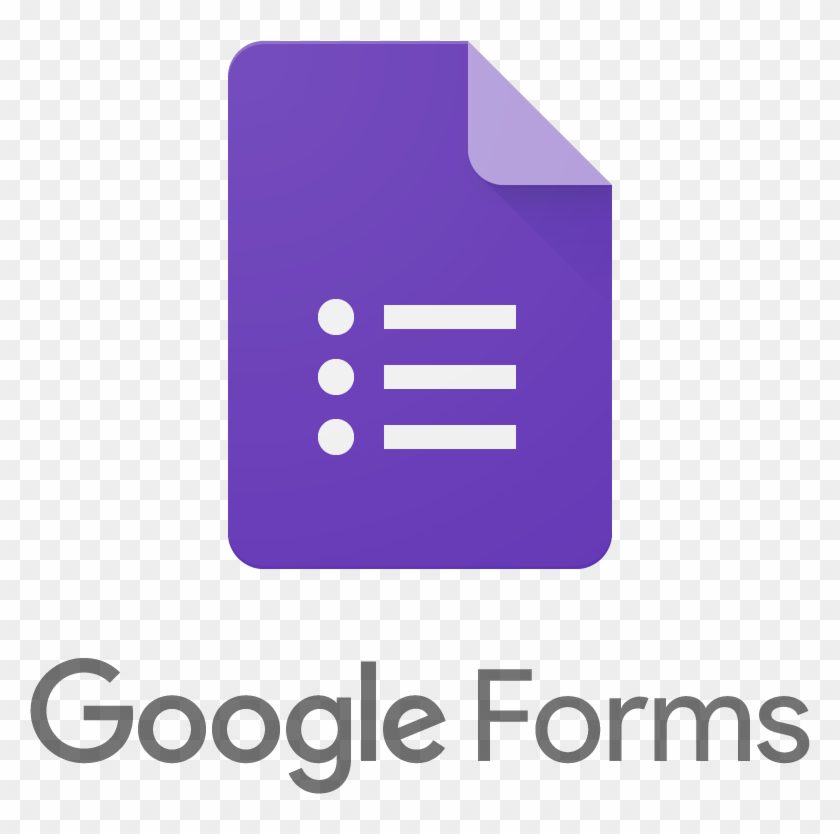
2. Google Forms
People using the Google Suite are familiar with Google Forms. Some of the most widely used forms are often deployed on Google Forms to collect and organize survey results on a large scale.
One of the best highlights of Google Forms is its interactive interface. Its surveys are designed to be smart, easy to understand, and stylish. This allows survey participants to understand what they are investing their time on. Users can also attach images to the surveys.
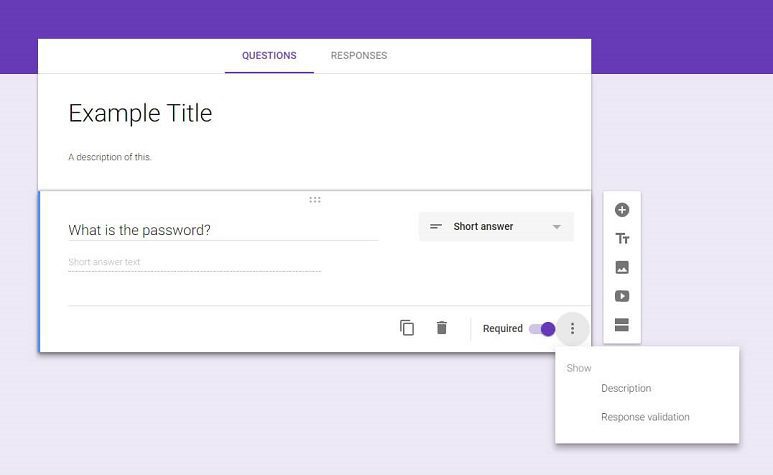
Once the responses have been recorded, they are securely saved and show the information and data in real-time – including visualizing that data via charts and infographics. Google Forms allow users to collaborate with co-workers, co-learners, and more -to ensure that the survey is detailed and to the point.
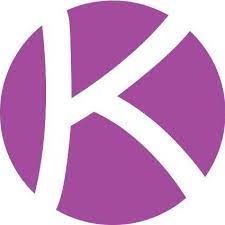
3. Kodo Survey
Kodo Survey is simplifying post-training surveys with the help of data. The data-backed tool offers its users comprehensive dashboards which allows them to check the insights of every trainee in real-time.
From its learning capabilities to its knowledge retention, Kodo Survey is a comprehensive post-training survey solution.
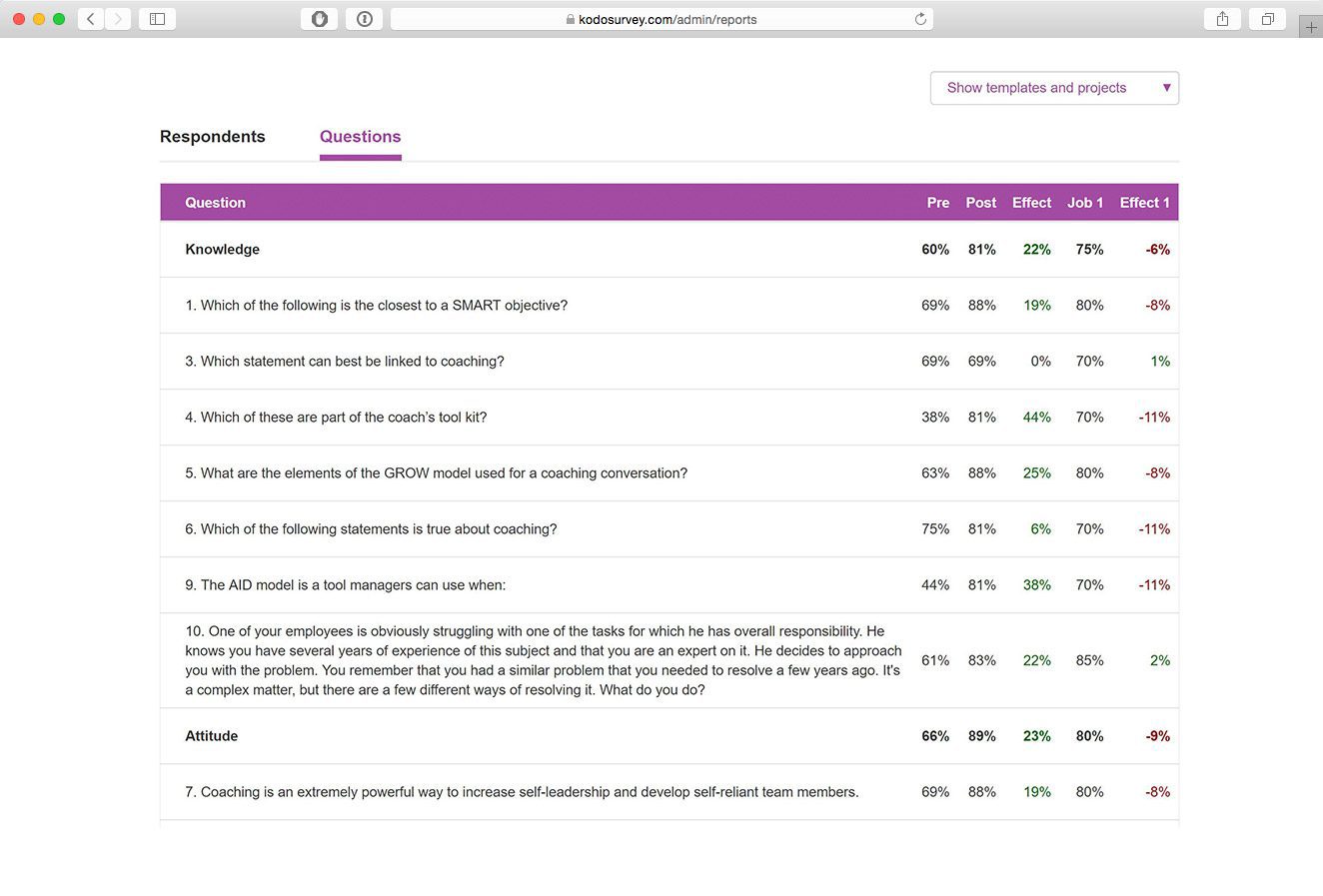
It goes beyond spreadsheets and helps users analyze and interpret data – which helps L&D teams to make strategic and informed decisions when creating a more robust training program.
One of the best things about Kodo Surveys is its ability to offer pre-training opportunities to help the survey participants understand the context and also build a scalable trainer-trainee relationship.
4. Whatfix
Whatfix is a Digital Adoption Platform that allows organizations to create interactive flows, personalized training walkthroughs, and self-help knowledge bases – all embedded directly inside their software applications.

Whatfix routinely prompts employees with survey questions, allowing learners to provide insights into their training programs in real-time, providing detailed insights into these programs at the moment they happen.
The platform aggregates this user analytics and insights into reports, allowing teams to measure the effectiveness and impact of their training programs without the need for sending additional surveys after the training is complete.
A post-training survey should be viewed as a non-negotiable part of employee development initiatives. As more companies turn to remote and hybrid working cultures, these surveys help bridge the distance and help organizations dive deeper into the existing dilemmas, what’s working, and what’s not working – all to help create a more employee-centric culture.
With Whatfix, L&D teams are empowered to collect feedback from their employees on the helpfulness of various training and support content, directly after completing it. No emails, no Slacks. Simply embed simple surveys into your employees’ workflows – drastically improving the amount of survey data you’re collecting.



Request a demo to see how Whatfix empowers organizations to improve end-user adoption and provide on-demand customer support



